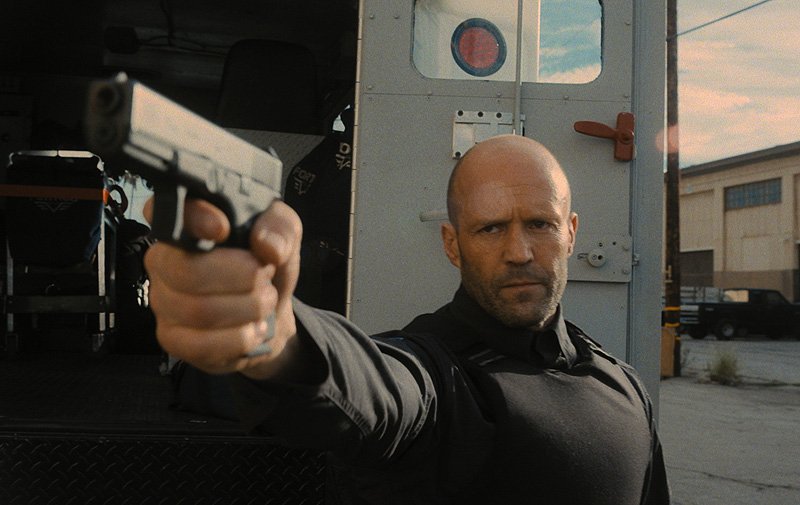Wrath of Man: No Wisecracks, Just Cracked Skulls

Guy Ritchie and Jason Statham: match made in tough-guy heaven, or secretly awkward fit? Historically, it’s hard to argue with the results; Statham received his first two roles in Ritchie’s first two films—the frenetic crime caper Lock, Stock, and Two Smoking Barrels, and the even more frenzied crime caper Snatch—which launched the bald Brit to stardom while also granting their director a measure of name recognition. But while both artists have since enjoyed successful careers (Statham more so than Ritchie), they thrive in different modes. Statham is a natural glowerer; his strength as an action hero stems less from his athleticism than his single-minded tenacity. But Ritchie, for all his pretensions of alpha-male seriousness, works best when deploying a light touch; The Man from U.N.C.L.E. was charming precisely because it felt frivolous rather than strenuous. If their pairing isn’t oil and water, it’s something like fists and finesse.
Wrath of Man is Ritchie and Statham’s first movie together following a 14-year separation (their third collaboration was 2007’s ill-regarded Revolver), and it takes all of 20 seconds before it declares its governing tone. As Christopher Benstead’s doomy score thunders with Zimmer-like braaams, the camera slowly pushes in on a smoggy Los Angeles, eventually locating an armored car snaking its way out of a gated facility. Within moments, the boxy car is being held up, though we never see the perpetrators; instead, the camera remains inside the vehicle, watching sparks fly as a sinister device carves its way through the side door’s thick steel. You don’t see much of what happens next, but you hear all of it—the blasts of explosives, the screams of the guards, the rip-rip-rip of gunfire—and the intensity is palpable. Most of Ritchie’s films, even the ones that traffic in extreme violence and moral depravity, are coated with a sheen of playfulness. This one wants to hurt you. Read More




